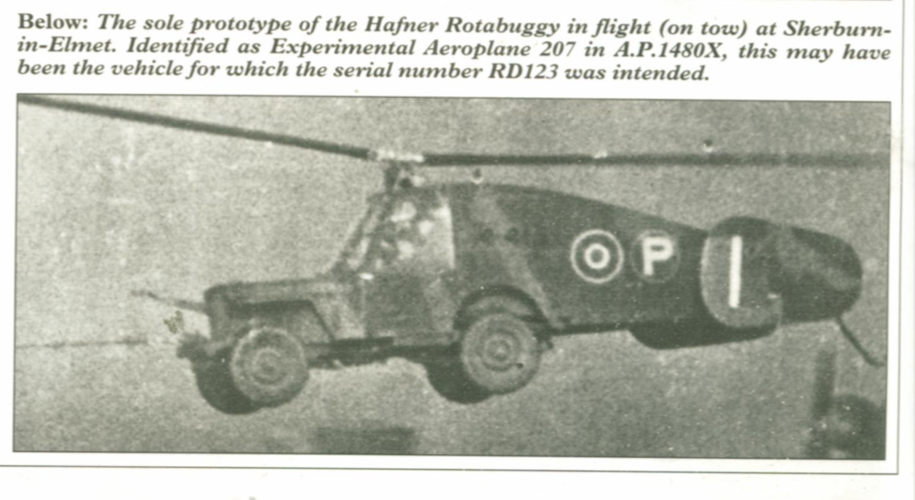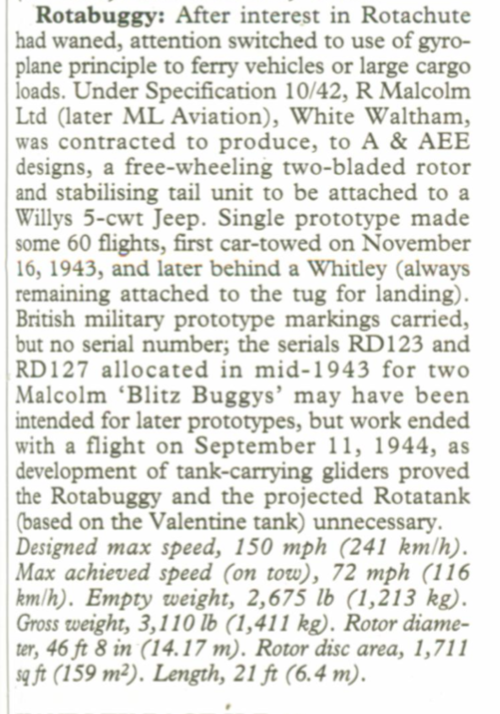- Joined
- 26 May 2006
- Messages
- 34,905
- Reaction score
- 15,779
All of them again,maybe there is something new;
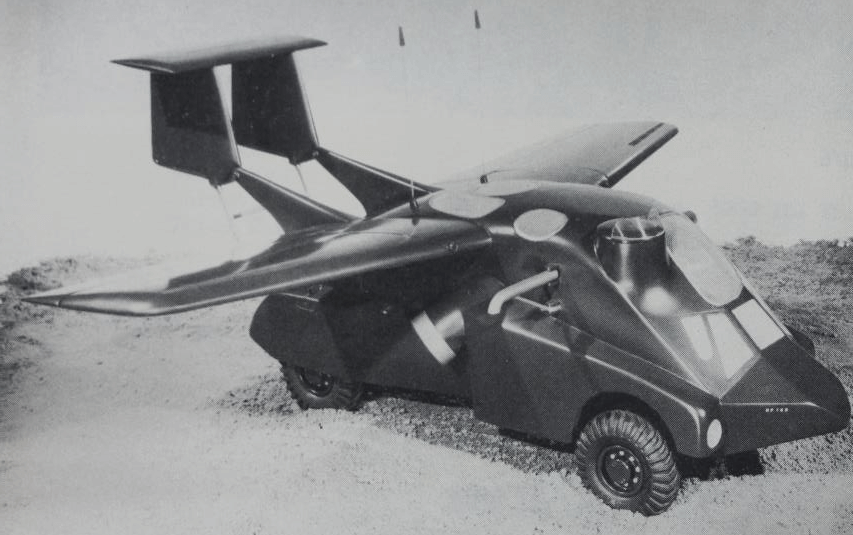
 russellphillips.uk
russellphillips.uk

The British Army's Flying Cars
In the 1950s, the British army investigated the idea of flying cars, that could fly or jump over obstacles. This article looks at some potential ideas.
 russellphillips.uk
russellphillips.uk
Attachments
-
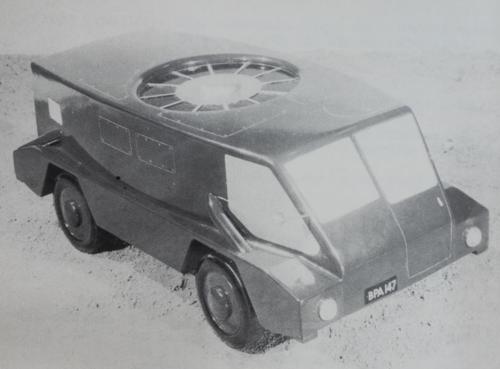 Boulton-Paul-2.png515 KB · Views: 28
Boulton-Paul-2.png515 KB · Views: 28 -
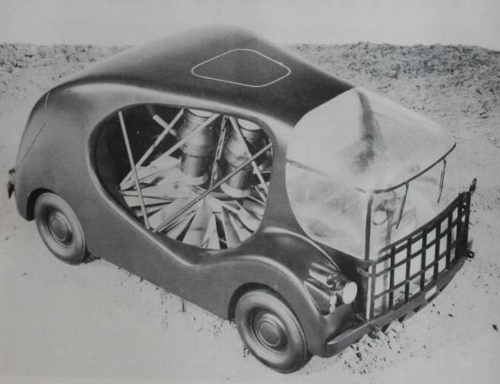 Bristol-Siddeley-2.png223.8 KB · Views: 24
Bristol-Siddeley-2.png223.8 KB · Views: 24 -
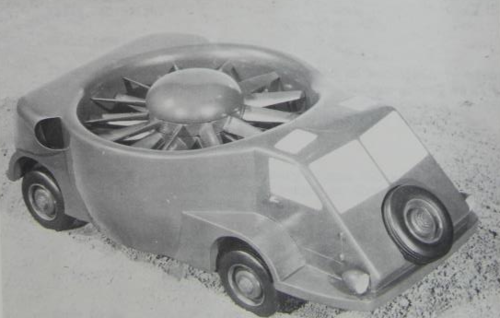 Folland-2.png156.7 KB · Views: 24
Folland-2.png156.7 KB · Views: 24 -
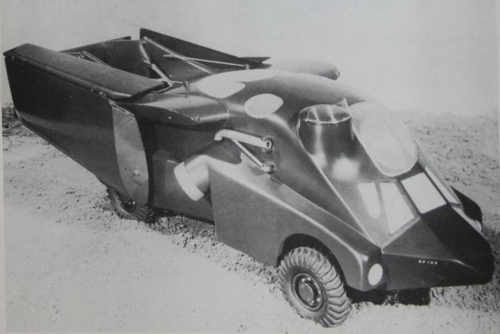 Handley-Page-proposal-B-2.png236.8 KB · Views: 23
Handley-Page-proposal-B-2.png236.8 KB · Views: 23 -
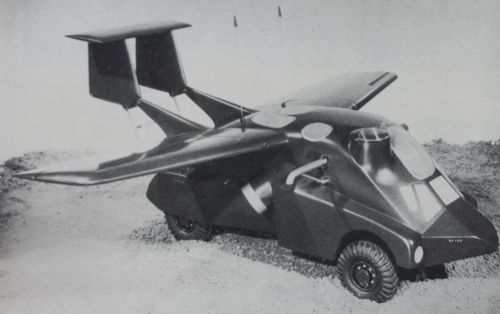 Handley-Page-proposal-B-3.png420.4 KB · Views: 26
Handley-Page-proposal-B-3.png420.4 KB · Views: 26 -
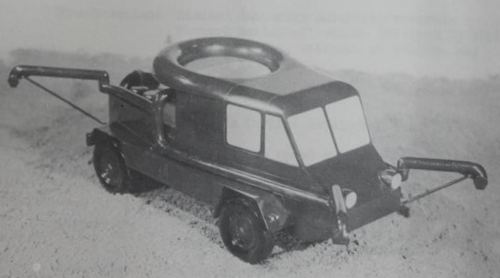 Short-Bros-Harland-2.png130.8 KB · Views: 29
Short-Bros-Harland-2.png130.8 KB · Views: 29 -
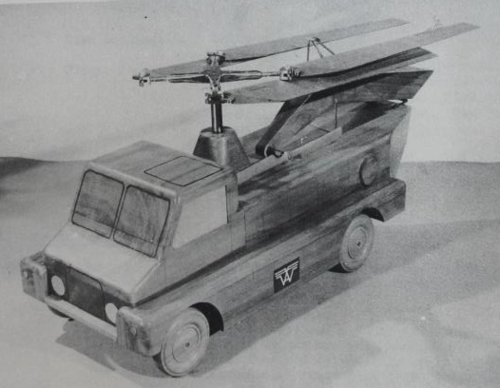 Westland-proposal-1-2.png191.1 KB · Views: 32
Westland-proposal-1-2.png191.1 KB · Views: 32 -
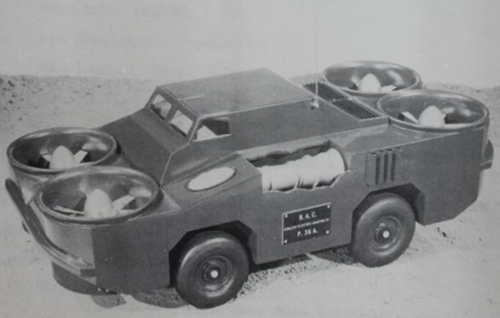 Vickers-Armstrong-2.png156.4 KB · Views: 31
Vickers-Armstrong-2.png156.4 KB · Views: 31 -
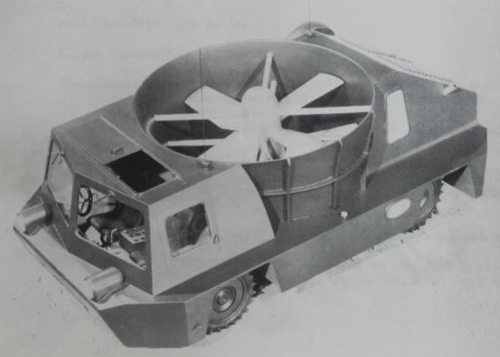 Westland-proposal-2-2.png150.8 KB · Views: 33
Westland-proposal-2-2.png150.8 KB · Views: 33

